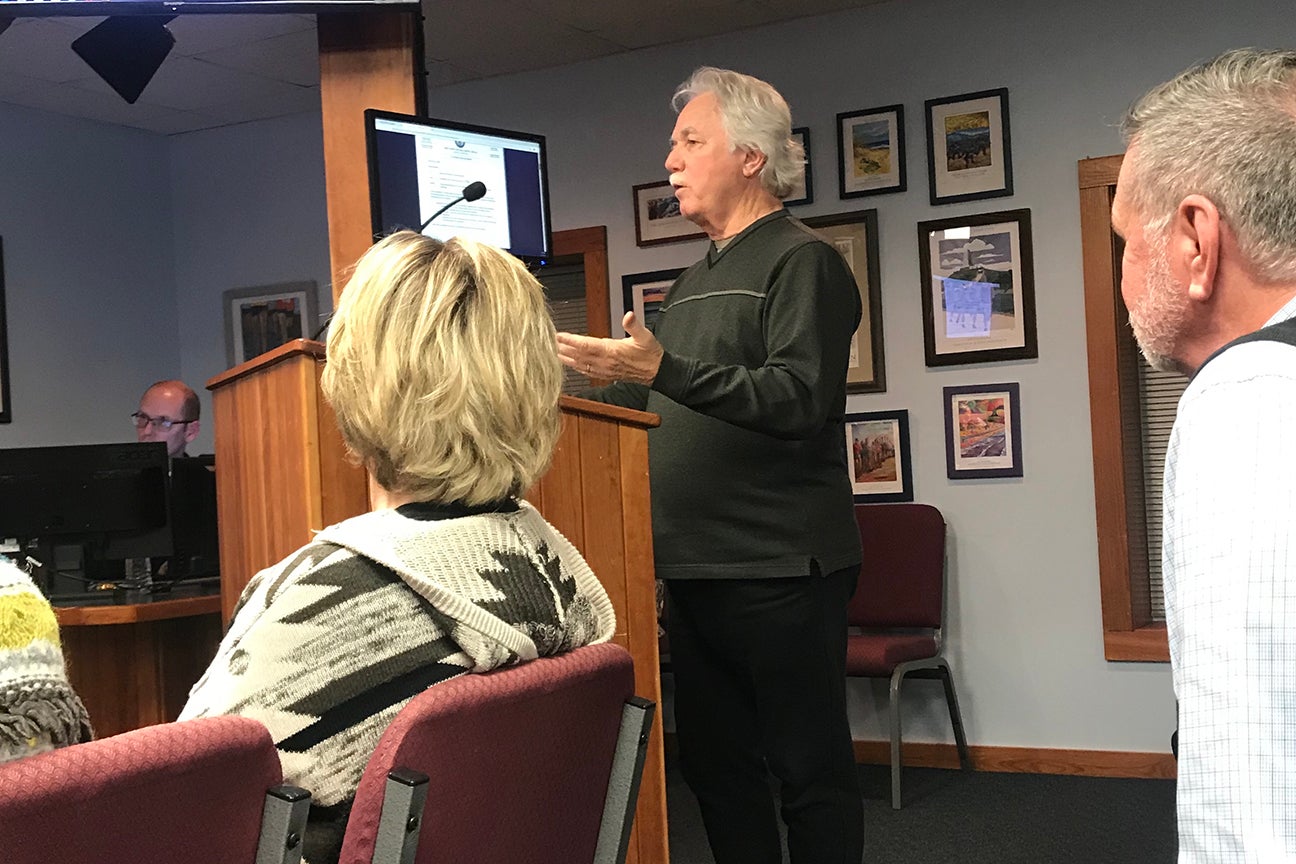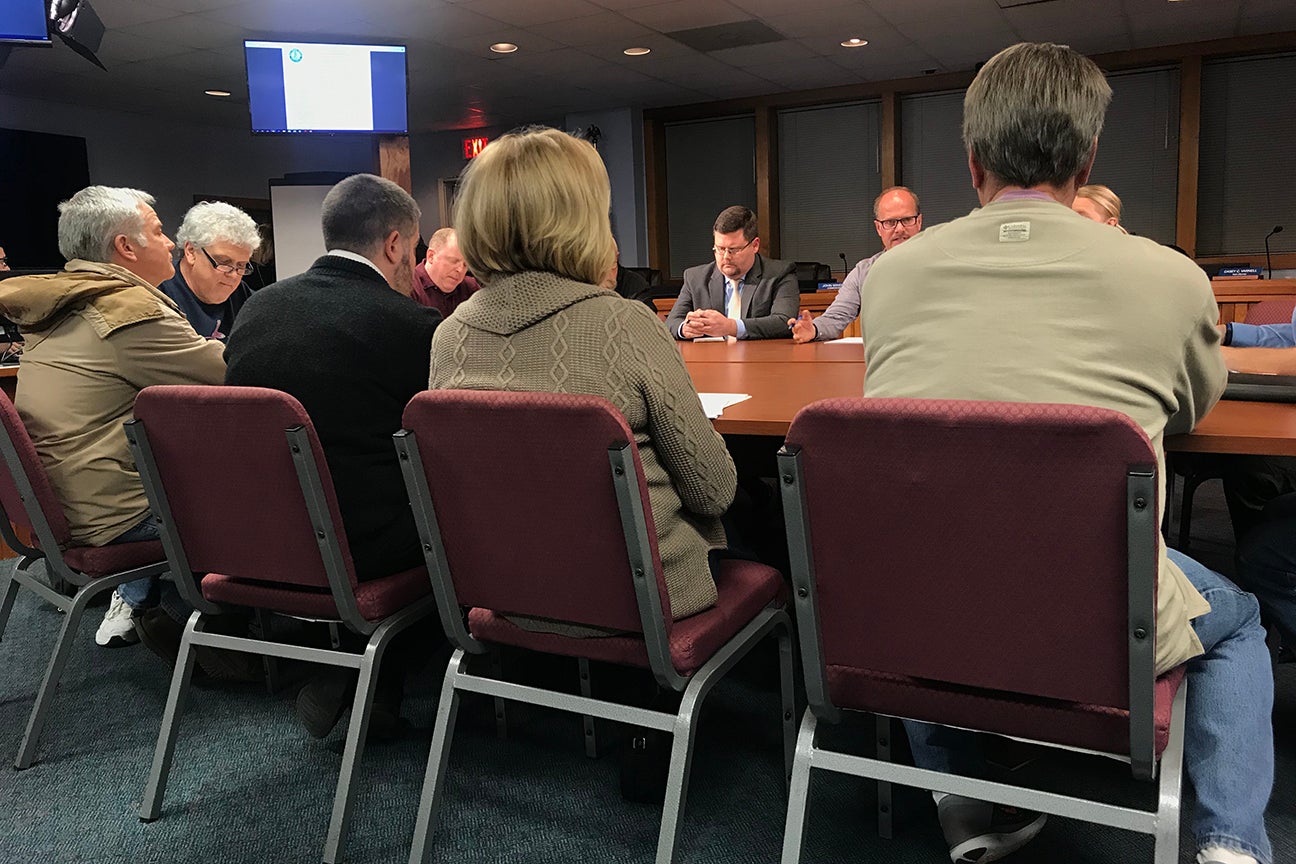KDH works to incentivize cottage courts
Published 9:59 am Thursday, January 30, 2020
On Jan. 22, the Kill Devil Hills commissioners and planning board members came together for a work session on a reoccurring topic of conversation: large single-family dwellings and event homes.
Mayor Ben Sproul led the discussion. He wanted to veer the conversation towards what zoning amendments could be altered to accommodate smaller cottage-court style homes but in larger numbers rather than 20,000 sq. ft. properties with multiple floors and bedrooms.
Sproul noted that there has been “friction between uses” for these homes. He opened to floor to both new ideas and revisiting options that had been previously dismissed.
One of these previous items was the requirement of vegetative buffers for dwellings larger than 6,000 sq. ft., similar to those required for commercial uses. Where Sproul and Mayor Pro Tem Ivy Ingram were on the same page in that they felt these buffers would be beneficial in minimizing noise and promoting privacy, the other three commissioners had reservations.
Commissioner BJ McAvoy did not seem to think buffers would “make an incredible difference” whether they were there or not. Commissioner John Windley voiced his concerns as to whether the vegetation would pose a hinderance to emergency vehicles being able to access the buildings.
Sproul decided to take another approach to the topic by talking bigger picture. He raised the question as to whether the town could create a code that gave builders another option, one that incentivized cottage courts.
Sproul’s reasoning was that even in a 50,000 to 75,000-sq. ft. lot, depending on where the driveway was placed and the setbacks were located, there is the potential to fit eight to 10 smaller homes there instead of one massive event house. It was posited that each cottage court could turn more of a profit at the end of a week than one property, which would be more valuable to the buyer.
“We can’t prohibit certain things that we don’t want; we are looking at ways to incentivize property owners to build in ways that we would find more compatible,” Sproul said. “The public would like to see 8 to 10 little cottages in a row more than they like to see a 2,000 sq. ft., 20-bedroom home.”
Planning director Meredith Guns said that this “cluster home” type development was already accomplished in a prior amendment, proposed by Eddie Goodrich. “Changing the lot width to allow cottage courts is simple to do regulatorily,” she noted. The only problem would lie with the builder in a design aspect.
Guns added that staff had already looked into ways to incentivize another big concern: safety. Staff had researched fire suppression systems being required in larger homes by means of setbacks for “public good.”
“Houses of a certain size would have a greater setback because of fire safety and the ability of fire proximity to other structures and their size,” Guns started. “If they put in fire suppression, the setback would go back to the way it is for all the other houses.” Town attorney Casey Varnell noted that key to proposal is that it would be for the entire town, not just beachfront properties.
A point of contention in terms of safety measures was regulation. Chair of the planning board, Howard Buchanan, questioned whether incentivized safety precautions like sprinkler systems would be required for maintenance every few years, to which Guns said they can put in the regulations that they have to submit an annual report of inspection. “That’s very doable,” she added.
This, however, was not the only regulation concern. The parking issue was another hang-up some members had. Assistant planning director Cameron Ray reviewed the new parking requirements with the board, noting that for dwellings with 11 bedrooms or more, the side yard setback switched from 5 ft. to 7 ft., a minimum of one access aisle is required to be unobstructed within 40 ft. of the dwelling and no single row of stacked parking can exceed six required parking spaces.
Ray said these requirements provide circulation and promote the safety of the site. McAvoy commented that “no one is going to enforce a fire land in a private driveway.” Enforcement was the main concern in that the single-family dwelling unit/units would still be privately owned and the town could only encourage compliance.
The board found consensus in moving forward with incentivization ideas for parking requirements, such as a marked fire lane. All ideas must go back to a public hearing, which was noted by town manager Debora Peele Diaz.
Staff told the board that they will work on all ideas, including the requirement of vegetative buffers and amending the zoning ordinance to accommodate cottage courts on 75-ft. lots instead of the required 100-ft. oceanfront lots. These adjustments will be presented at the next planning board meeting on Feb. 11. Parking incentives will most likely be presented by staff more towards the spring.
READ ABOUT MORE NEWS AND EVENTS HERE.
RECENT HEADLINES:







